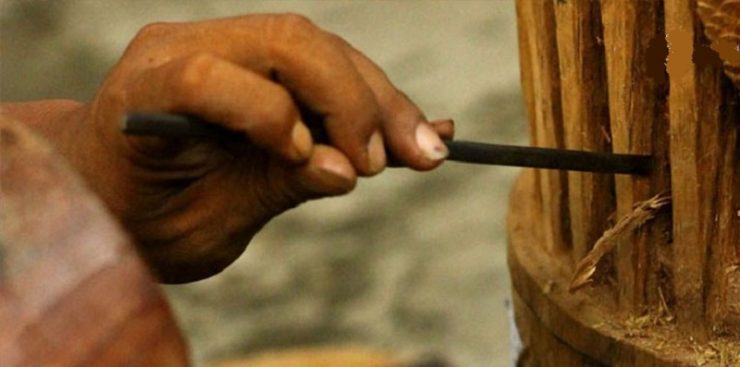THE creative economy sector is considered to be able to significantly increase gross domestic product (GDP) for Indonesia. Especially when it is supported by the development of creative industries that are focused on export-oriented products and import substitution as well as diversification of products and services for the creation of added value.
According to Deputy Minister of Tourism and Creative Economy (Vice Minister of Parekraf) Angela Tanoesoedibjo said the mapping of the potential of the creative economy is very important to formulate grand strategies to achieve national goals in the creative economy sector.
“The creative economy is one sector that is expected to become a new economic power in the future. Of course, in conjunction with the tourism sector. And increase gross domestic product (GDP) for Indonesia,” she said.
Angela Tanoesoedibjo also mentioned that the creative economy sector is different from other sectors that are relatively dependent on the exploitation of natural resources. The creative economy relies instead on the excellence of human resources.
Unlike other fields, she continued that the creative economy sector is very dependent on human resources. Others mostly rely on nature. The creative economy sector actually puts creativity and knowledge as the main assets.
“Based on BPS survey results quoted from the Opus Creative Economy Outlook 2019, the Gross Domestic Product (GDP) of the creative economy is always increasing every year. In 2017, the creative economy’s GDP reached Rp989 trillion and is predicted to reach Rp1,100 trillion in the following year,” Angela said.
She added, in 2019, it was even expected to reach Rp1,211 trillion or 9.6% higher than the previous year. With research and discussion of the prospects for the creative economy going forward, it is hoped that the contribution of GDP will continue to increase in the coming years.
“In addition, the number of workers in the creative economy sector which is one indicator of success also continues to increase. In 2016, employment in the creative economy reached 16.9 million people or 14.28% of the total national workforce to 17.7 million people with a growth rate of 4.55% in 2017. The figure shows that the inclusive nature of the creative economy is has been able to attract people of various backgrounds, ages and genders,” she explained. [traveltext.id/photo special]
















